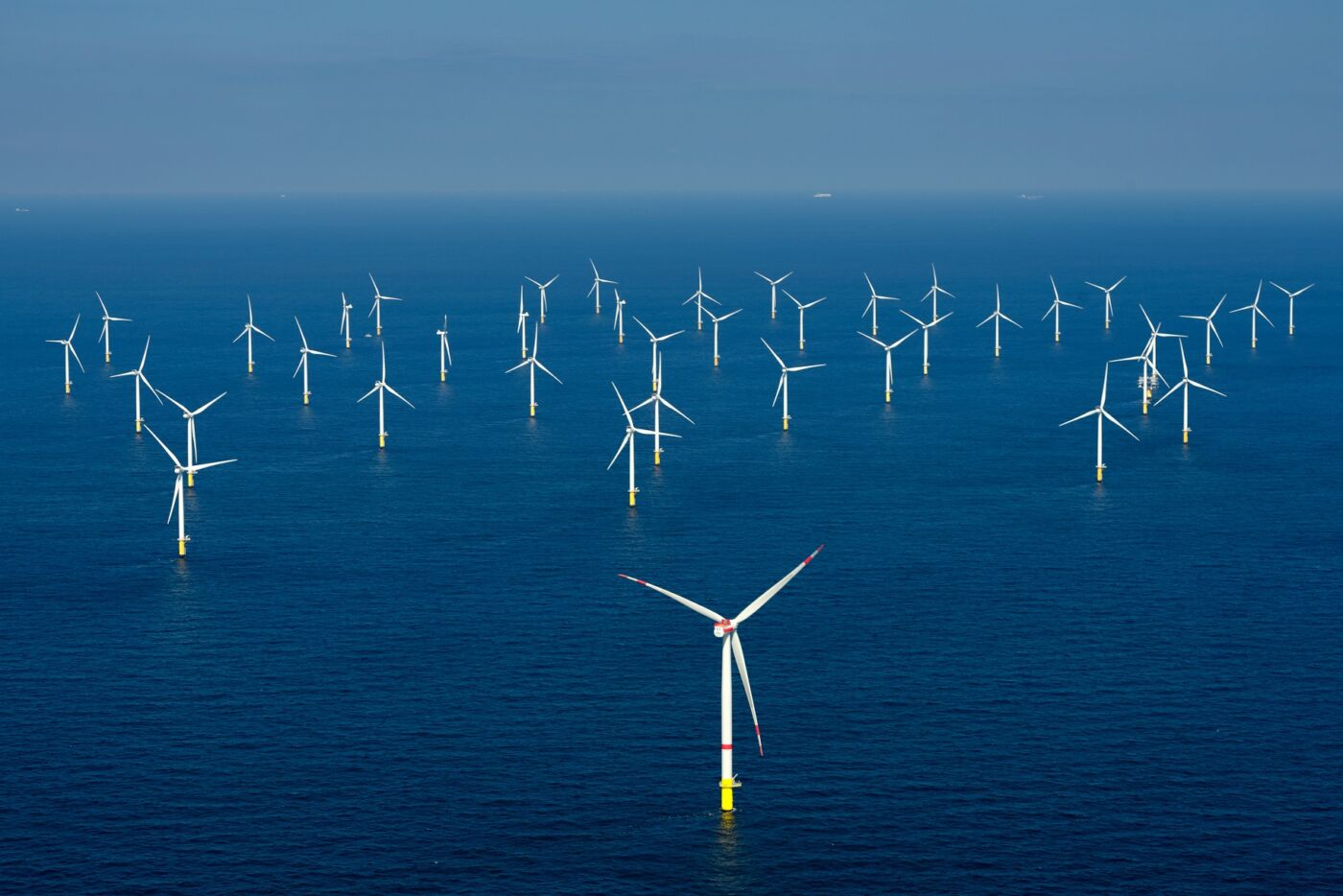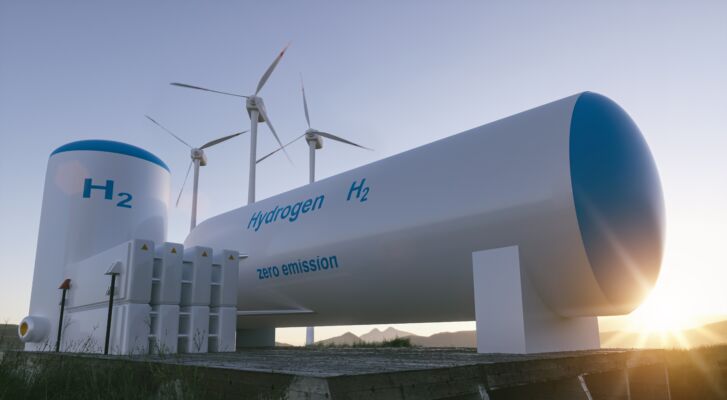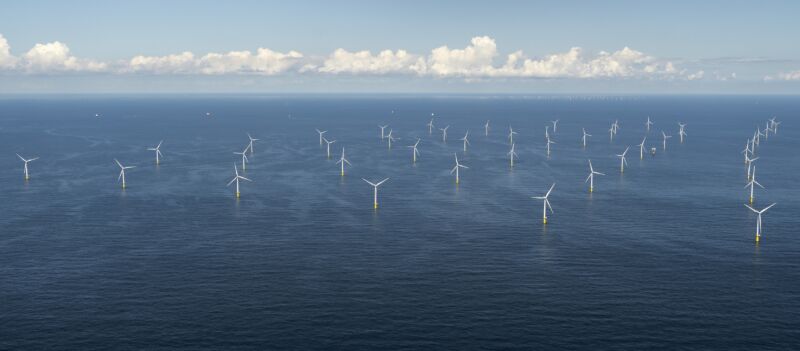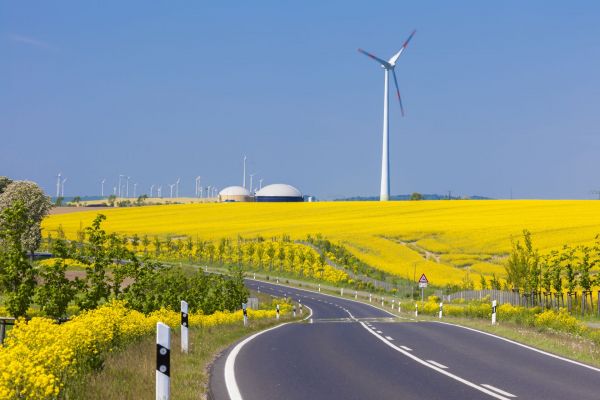Hydrogen is expected to provide the green energy of the future. The eco-gas could replace oil, coal, and natural gas without incurring environmental damage. However, hydrogen has one major disadvantage: production costs. When considering the electrolysis process, the amount of energy required reaches astronomical heights.
Denmark has now found the solution to this problem: a colossal offshore wind farm based off the Danish coast. At sea, where the wind blows more steadily and strongly than on land, wind turbines very often run at full power: ideal conditions to produce hydrogen. The Danes’ plan is to populate the specially constructed islands with electrolyzers, equipped to take water and split apart its two components, hydrogen and oxygen. This process, named power-to-gas, would be powered by output from the gigantic wind turbines in the immediate vicinity.
Ten times larger than the world’s largest offshore plant to date
The planned wind farms will be run by the Danish energy company Ørsted, which currently operates the world’s largest offshore wind farm, and will have a peak output of 10 gigawatts. For comparison, the world’s largest offshore facility to date manages 1.2 gigawatts, and it would take the combined efforts from around a thousand of today’s most powerful offshore wind turbines to reach 10 gigawatts. Electricity generated at this magnitude is enough to supply 10 million households with electricity – far more than Denmark has inhabitants. The surplus energy can be converted into green hydrogen directly on site and brought ashore by ship or pipeline. For Denmark’s goal to reach climate-neutrality by 2050, this project is an extremely significant step.
From prehistory to making history
The location of the mammoth project no longer seems to be in question, having settled on the so-called Doggerland in the North Sea. Around 10,000 years ago, Britain and mainland-Europe were connected by Doggerland, until the sea level rose and resulted in the land disappearing. But it might be about to resurface. Doggerland’s 18,000 square kilometers are only 15 kilometers underwater in places, making it ideal for building the planned energy island – or several at once. The unimaginably huge project is expected to cost around 200 to 300 billion Danish kroner (around 27 to 40 billion euros) – and to go into operation in just 10 years.
Netherlands leads the way in offshore hydrogen
The Danish project is certainly unparalleled in its size, but other governments are pursuing similar offshore hydrogen projects. The Scottish government is working on an action plan to use offshore wind power for hydrogen, while Germany too is researching in the same direction. Germany’s plan is to build a 50-megawatt electrolysis plant in Emsland, which will use electricity from wind farms in the North Sea but see out the conversions on land. The Netherlands, on the other hand, is one step ahead of everyone else. A small pilot plant is to open as early as next year around 13 kilometers off the coast of Scheveningen in the Netherlands. On a former oil platform, a 1-MW electrolyzer will convert electricity from offshore wind power into hydrogen. While the plant is too small to be compared to Denmark’s plans, it could still be the world’s first offshore hydrogen plant. If the plant runs successfully, the Netherlands plans to significantly expand offshore wind power capacity and then, in a second step, push Power-to-Gas further. Such a venture would pave the way for green hydrogen, decisively advancing climate protection.



